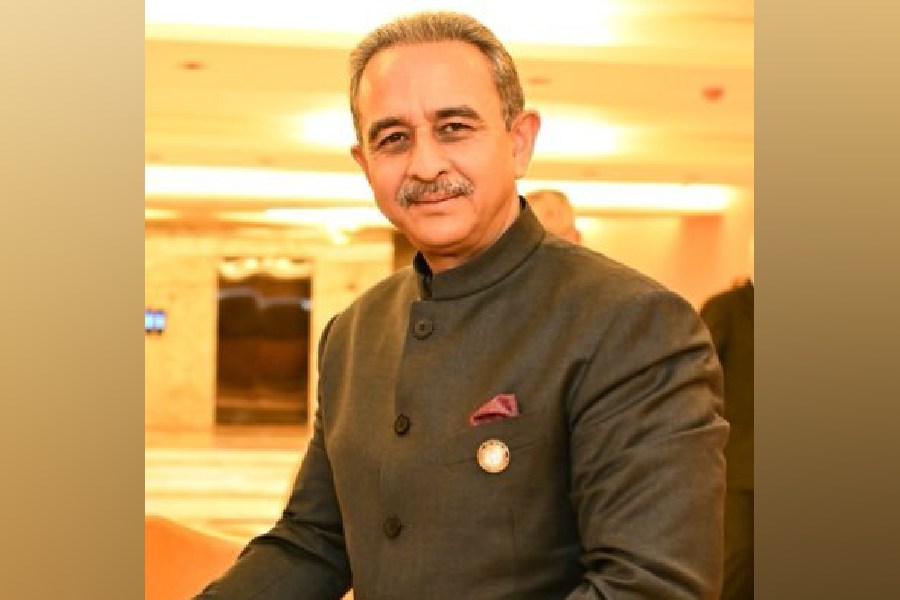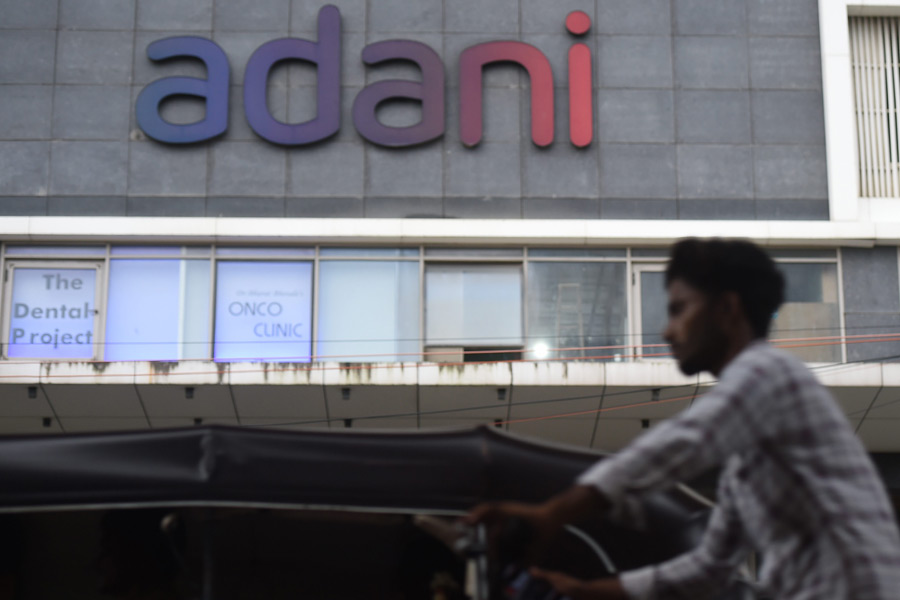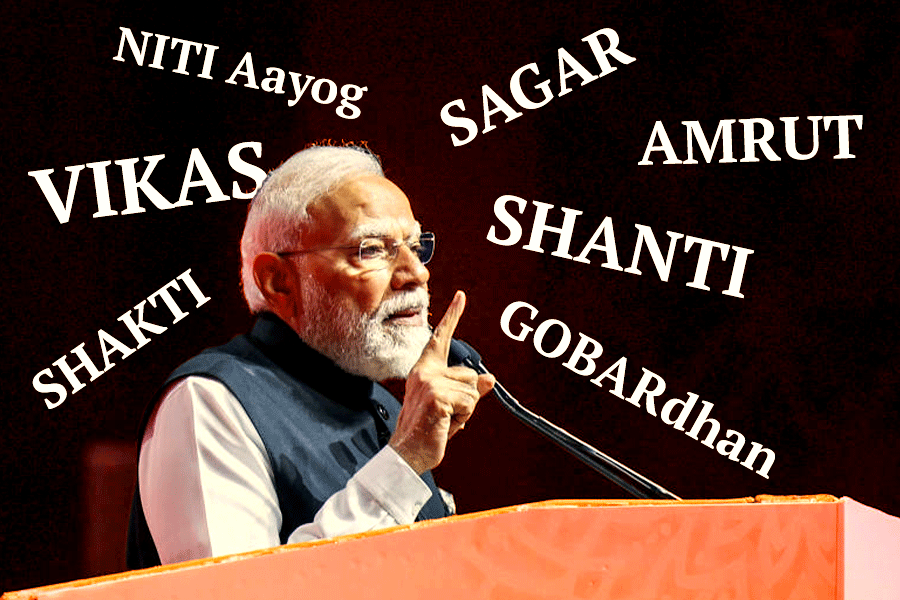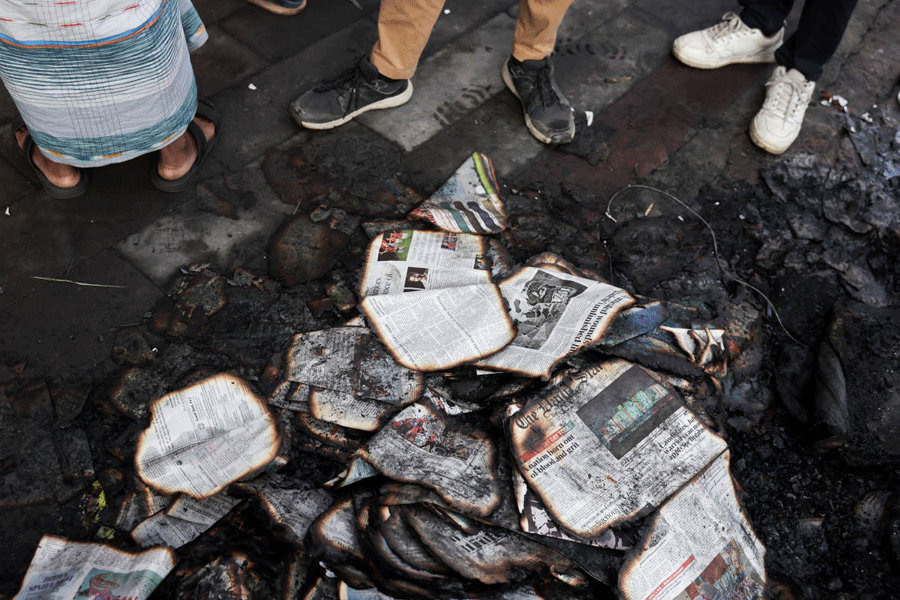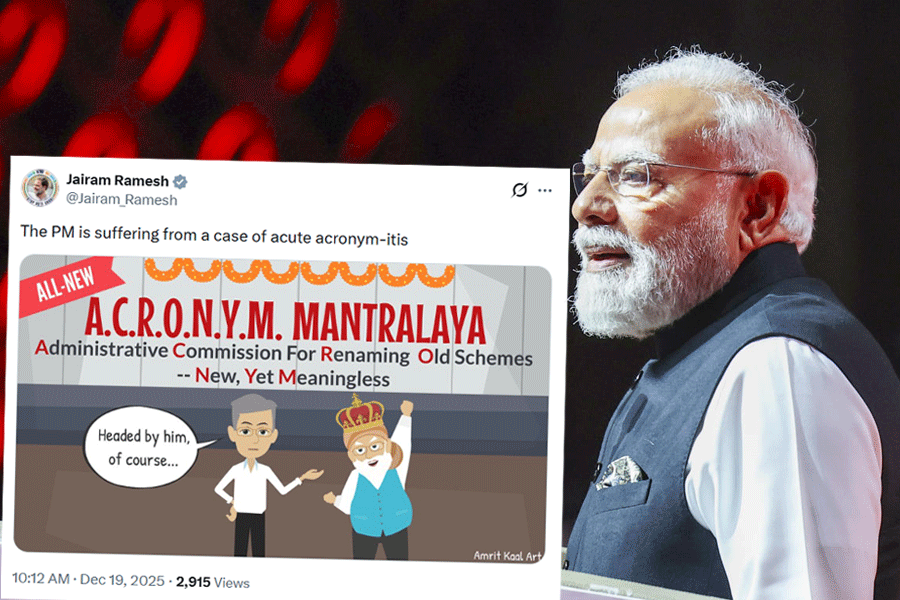 |
The Bhattacharyas don’t quite believe in that old saying about beauty being skin deep. As far as the couple from Mumbai is concerned, beauty is just what the doctor ordered — with his scalpel.
Take Kamini Bhattacharya, a retired medical professional in her mid-70s with a peaches and cream complexion that could put even a woman in her thirties to shame. A year ago, she got rid of the bags that she had been carrying under her eyes since her twenties. Then she went ahead and got herself a surgical face lift.
And take her husband Kaushik, a retired civil engineer and part-time lecturer. Last week he went under the knife to rid himself of fatty deposits under the eye and over the eyelid, which Kamini thought made his eyes look small. Next week, Kaushik celebrates his 80th birthday. And yes, he is looking good.
In a society which doesn’t quite believe in the axiom that beauty lies in the eye of the beholder, men and women in their fifties to even the late seventies are increasingly signing up for face lift surgeries.
In the last five years, surgeons hold that there has been a significant leap in the number of people in this age group who have gone in for tucks and snips to keep signs of aging at bay. Mohan Thomas, a plastic surgeon in Mumbai, says he has seen four times the number of elders coming in for face lifts over the last five years — taking his monthly average to seven. Narendra Pandya, one of the senior most aesthetic surgeons in Mumbai, says he has seen a three-fold rise in the number of elders opting for face jobs over the last decade. And plastic surgeon Sunil Keswani says he has seen a quantum jump in the number of elderly men and women who are opting for face lifts. “Five years ago, I’d do just one or two face lifts a year,” he says. “Now I do one a month.”
Candidates for such surgeries are no longer mostly women. But while many surgeons say they see roughly an equal number of men and women, some differ. Mumbai plastic surgeon Swarna Arora, for instance, sees a 60:40 male-female clientele, while only 10-15 per cent of Pandya’s clients are men, up only by about 5-10 per cent over the last 25 years.
One of the main reasons face lift numbers are on the rise is the fact that more and more elderly people are opting for a second job after retirement. There was a time when people let themselves go physically after retirement — taking that as a sure sign of old age. Now, 60 is considered a part of one’s productive years. Swarna Arora says most of her 50 plus clientele constitutes retired army men setting out for the job market. “They want to match their faces with their physical energy,” she says.
There are other reasons as well. Like the Bhattacharyas, those going through the ‘empty nest syndrome’ — children growing up and leaving home, that is — often seek to relive their lives. There are others who marry late and have children when they are considerably older. “They don’t want to look like their children’s grandparents,” says Thomas.
Even grandparents are seeking aesthetic surgery — like Namrata Jain, a widow in her seventies who opted for a nose job, arguing that she didn’t want to die with a beak-like nose.
Pressure to look young — especially among those in sales and marketing or in the performing arts — is not the only factor prompting people to opt for a face lift. Sometimes the reason is something purely personal. For instance, Sangeeta Shah, a 69-year-old housewife, will undergo face lift surgery later this month because her husband, Dhiren, a doctor in his seventies, would like to see her “more beautiful”, she says. Dhiren has been egging her on towards surgery, claiming that he is “not pestering but enlightening her” about how she could look “better”.
And it’s not surprising when, mid-conversation, he sends Sangeeta to fetch some black and white photographs of her in her twenties and thirties. “Isn’t she beautiful here,” he asks excitedly. Dhiren is not alone in his desire to “see a beautiful face” and turn back the clock. Kamini hopes to see Kaushik’s “nice big eyes” that she saw in her younger days. And Kaushik, for his part, says he thinks Kamini, after surgery, looks like the young bride he married 46 years ago. “I feel for her the same way that I did then,” he says.
Kamini’s own desire to improve her face value found expression, quite unexpectedly, when she approached a plastic surgeon to be treated for a cut she had sustained when she missed a step and got dragged down an escalator. That’s when “my doctor suggested a face lift would do me good.”
Among patients such as Kamini, expectations and disappointment are proportionately related. And, clearly, different people have different expectations. “While socialites expect more drastic changes (a 60-year-old aims at looking 45), professionals would like to look about five to six years younger and still be recognised,” says Arora.
For more effective damage control, the earlier the better, says Pandya. “The results of a face lift are optimal in the 45-55 age group, when skin elasticity is relatively better.”
Still, Nature can still have the last word. “I warn people that a face lift will not make them stunningly young, but make them look rested, after, say, a vacation in Kashmir or Switzerland,” says a plastic surgeon.
And if one were to analyse the choice of vacations here, it is only too evident that a face job risks not only the skin but the pocket as well. The Shahs have put aside about a couple of lakhs for Sangeeta’s “mini” surgery, from which Dhiren expects “maxi” results.
With better surgical techniques and sturdier safety nets in the operation theatre, older patients have been emboldened to go under the knife. Sangeeta says she is calm about her impending surgery. Kaushik defied his physician who advised him against surgery, owing to his diabetes and heart trouble. “I’m healing well,” he says cheerfully, playing down his post-operative sensitivity to light — something that his surgeon says is nothing to worry about.
Unlike regular surgery, where having friends and families rallying around the patient’s bedside would be de rigeur, elders undergoing aesthetic surgery mostly end up with each other or a close family member for support. The Bhattacharyas did not inform their children about Kamini’s surgery as they expected them to strongly disapprove of it.
But as Sheelu Srinivasan, founder of Dignity Dialogue, a non-government organisation for the elderly asks, “If people have the luxury of time and money to do a face lift, what’s wrong?”
A thing of beauty, after all, is a joy for ever.


